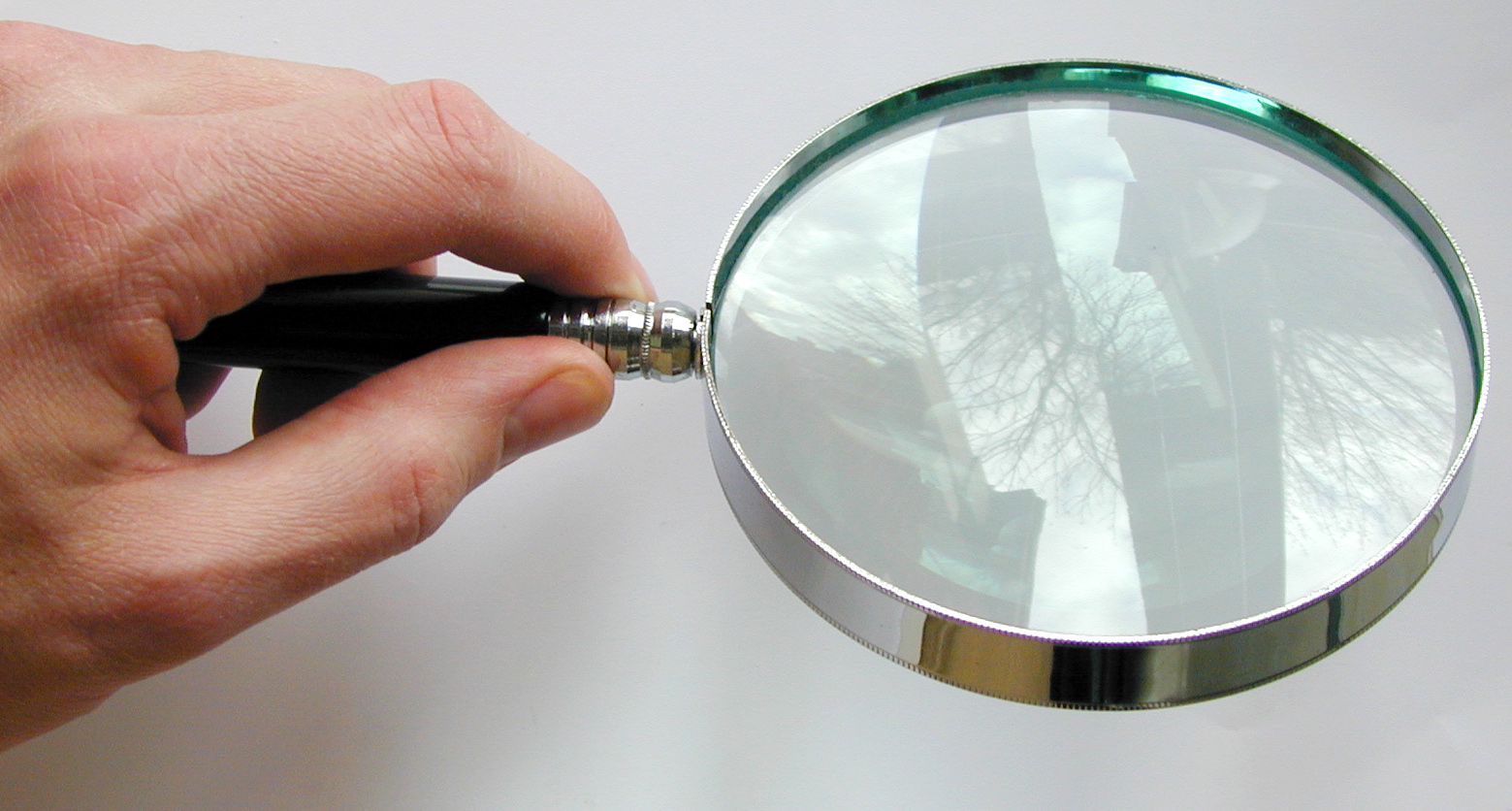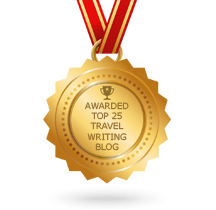What makes great travel content? Certainly, it should be a pleasurable read: full of colour, touches of humour, and anecdotes that catch the reader’s imagination. It’s also nice to catch the eye of any editors who may earmark you for future work, or holiday companies looking for that perfect wordsmith who can speak to their audience in just the right tone of voice. But there’s no shortage of content writers, so how do you ensure your copy stands out?
To help you do justice to your hard work, our travel content writing experts have compiled a list of the five most common clangers made by travel writers. We hope you’ll find it useful, whether you’re busy penning a four-page feature for a women’s magazine or a blog for a growing tour company. Simply scroll down to read our expert tips.

Always being too linear
You may have a list of points to make, places to cover or products to include in your travel content. That’s fine, but you should try to avoid describing them in a bland, obvious sequence. Think back to that first day of school after the summer holidays when everyone in the class had to report on what they did during the break and where they went. “Then we got on the plane. Then we went to the hotel. Then we went swimming in the sea.” Dull, dull, dull.
Even with more sophisticated words and phrasing, there’s no need for a boring chronological structure. Mix it up. Start with leaving the hotel, but then note that you’re sad to leave because of the spa and the private beach, or the concierge who gave you a great tip on where to find the best steaks. The details can emerge in recollection.
Using lazy descriptions
This one comes in many forms. The worst, in our opinion, is the empty superlative statement. “Try this… it’s the best. Ever. In the world.” What does that really mean? The truth is, it’s unlikely to be the best ever (and anyway, that’s a very subjective statement) but if you share the specific details about what makes it so special, you’re more likely to engage the audience. This often happens when talking about restaurants: “Try the tasty food here.” You have told us nothing except that the food has taste, surely a minimum requirement. What is it you’re trying to say?
Also common in travel writing is the shortcut of comparing one destination to another, setting up a preconception in the reader’s mind and limiting the need to elaborate. “It’s the Norway of the Middle East.” “It’s the Rome of the Philippines.” Neither are much like Rome or Norway; different civilisations, cultures and climates have seen to that.
Missing the real selling points
As well as avoiding vacuous superlatives (‘the coolest ever’), personal experiences add colour and interest to a piece. And the quirkier, the better. Yes, that hotel in Las Vegas boasts the biggest jackpot in town, but everybody mentions that. Why not instead focus on the old man you met at the blackjack table, who told you about the time Elvis bought him a hamburger and taught him to sing A Little Less Conversation. That’s something that singles it out from all the other neon-lit casinos on the strip, and something your readers won’t find in a holiday brochure.

Dropping a sales bomb
Even if you are writing copy on behalf of a hotel or tour, don’t force it down the reader’s throat. They will smell it coming a mile away. Plugs for certain products or services may have a very important place in your written travel content, but work them in gently so they arrive naturally. Try to retain a flowing narrative, even if your ultimate goal boils down to selling fancy baggage or taxi services. Prices, and other key details (like stockists or contact details), should generally be given in a separate panel at the end, so you are providing valuable information, rather than a hard sell. Or, if you’re writing a round-up, it may be easier to place the basic info in brackets throughout the text.
Not double checking information
The most interesting travel articles and guides are those that cover obscure, authentic and off-the-beaten-track experiences. This generally means putting more of your trust into small, local companies rather than big, powerful corporations with limitless funding and smooth websites. This makes fact-checking a little trickier, but even more vital. Check and double-check that these businesses are still up-and-running and test just how easy it is to access their services yourself, even if that means a long-distance call and an email. You need to be 100 percent confident in every recommendation you make, and be prepared for the reader to follow up on exactly what you have said.
It’s also important to remember that most editorial teams are small, so if you take shortcuts with factual accuracy, word will very quickly reach the editor, who may not want to risk commissioning you again. A good tip is to keep a folder in your bookmarks bar with all your references for every piece of content. That way, when you get an email asking for sources, you have them all ready to go. That way, you’ll come across as professional and authoritative.
What are your pet hates when you’re reading a travel article or guide? How could you word it better? Share your ideas with us on Twitter and keep an eye on our blog for more great travel writing advice coming soon.
Magnifying glass image courtesy of freeimages.co.uk: Link.

Pingback: The Five Cardinal Sins of Travel Content, from Lazy Descriptions to Obvious Plugs - World Words